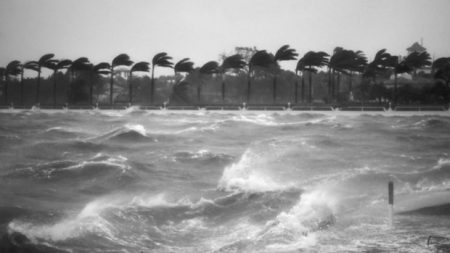July 4, 2017 – Known in the industry as CAT bonds, these are financial instruments issued by reinsurers to cover damage costs up to a predetermined threshold. They are based on climate and weather data models that include catastrophic cost data. In 2017 CAT bonds grew to a new record with over $29 billion U.S. issued.
Consulting actuaries working within the reinsurance industry have access to weather and climate data and track the frequency of extreme events as well as sea level rise kept in an Actuaries Climate Index (ACI). Created first in North America by the American Academy of Actuaries, the Canadian Institue of Actuaries, the Casual Actuary Society, and the Society of Actuaries, the ACI is the primary tool by which underwriters assess financial climate risk for any client. Its six components cover disasters associated with:
- High temperatures, those defined as greater than the 90th percentile within the range of recorded temperatures
- Low temperatures, those defined as lower than temperatures below the 10th percentile
- Heavy rainfall measured by taking an average maximum of 5 rainy days per month
- Drought measured by consecutive dry days
- High winds measured as wind power based on a wind damage index
- Sea level measured on coastal shorelines using tide gauges to track the rise in the ocean or the subsidence of the land (see posting on U.S. areas vulnerable to sea level rise or land subsidence)
In 2016 in the United States, natural disasters (including extreme weather events) resulted in $210 billion in losses. $62 billion of that was for flooding alone. But only a small portion of these losses was underwritten by reinsurers. That represents a significant and growing financial risk. In fact, it is estimated that the difference between natural disaster losses and the amount insured is leaving a growing gap which in 2016 amounted to $100 billion.
Today 116 global insurers are responsible for $15.3 trillion in investments. But of those 116 only 8 manage climate risk, and only 8% of the total have assigned staff measuring climate risk within their portfolios.
But with the emergence of CAT bonds in the mid-1990s following Hurricane Andrew, (considered the worst hurricane to hit the United States mainland in terms of total damages) insurers now have an instrument that covers risk beyond the norm. Risk beyond the norm is so severe that insurance companies would never consider selling coverage. The CAT bonds, however, provide a capital pool large enough to cover claims for these exceptional risks.
The U.S. isn’t alone in creating CAT bonds. China in 2013 began issuing them as a financial resource to cover climate-change associated natural disasters.
To an institutional investor, a CAT bond looks no different than a corporate bond. The bonds pay dividends quarterly and maturity ranges from one to five years. If a catastrophe exceeds the predetermined threshold before it matures, the bond is in default and the investor may lose a portion of the principal or all of it because the money value of the bond gets used by the reinsurer to cover its exposure to those insured for disaster costs. To ensure fewer defaults, most CAT bonds are designed not to cover the entire risk associated with the likelihood of a catastrophic event like Hurricane Andrew. They tend to be capped in billion dollar slices.









